![]() Enhanced – check your inbox: for activities in The Monthly Toolkit
Enhanced – check your inbox: for activities in The Monthly Toolkit

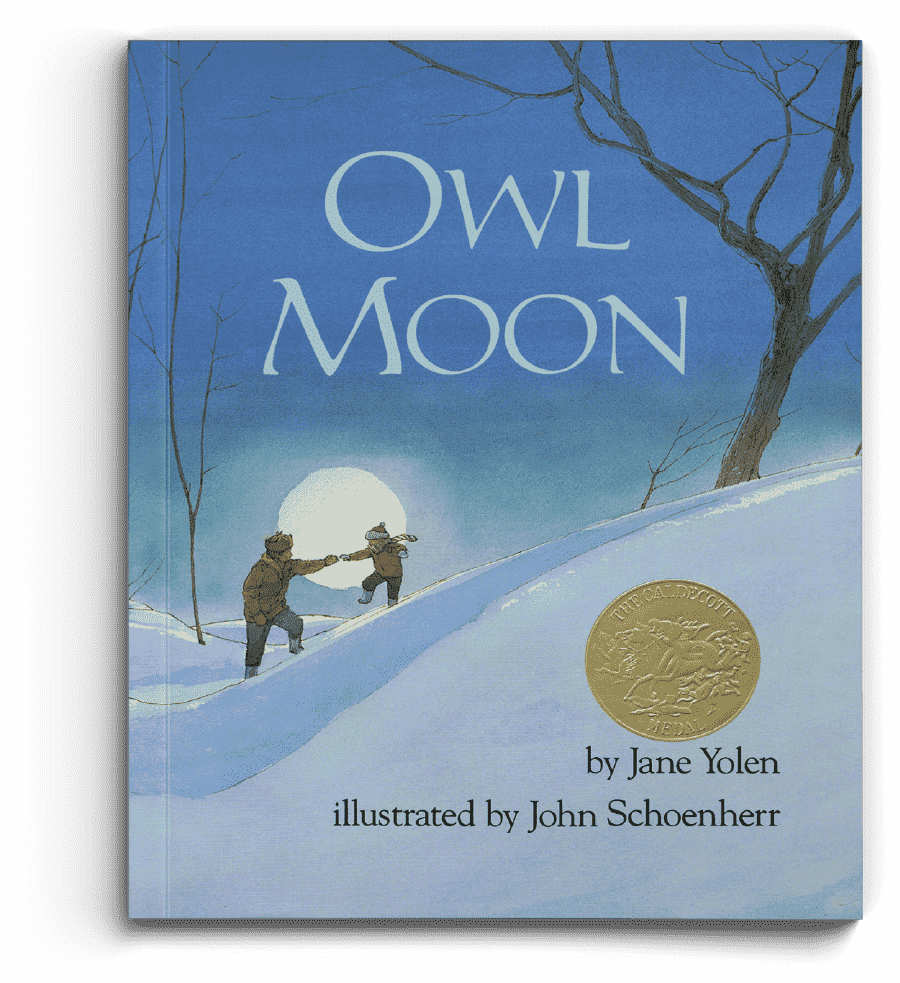
aiting can be difficult, but it can also be rewarding. Owl Moon by Jane Yolen invites readers to wait alongside a young girl eager for her first owling adventure. Anticipation builds. Finally one evening the wait is over. Father and daughter trek through snow-covered woods, their path lit by a full moon casting shadows on snow “whiter than the milk in a cereal bowl.”
Together, father and daughter walk quietly, seeking the Great Horned Owl. Jane Yolen’s captivating, descriptive text is accented by John Schoenherr’s softer color illustrations—a blend of still, quiet expectancy, a winter treat worth the wait.
Article written by Cheryl Bastian. Adapted from the Spring 2017 Issue.
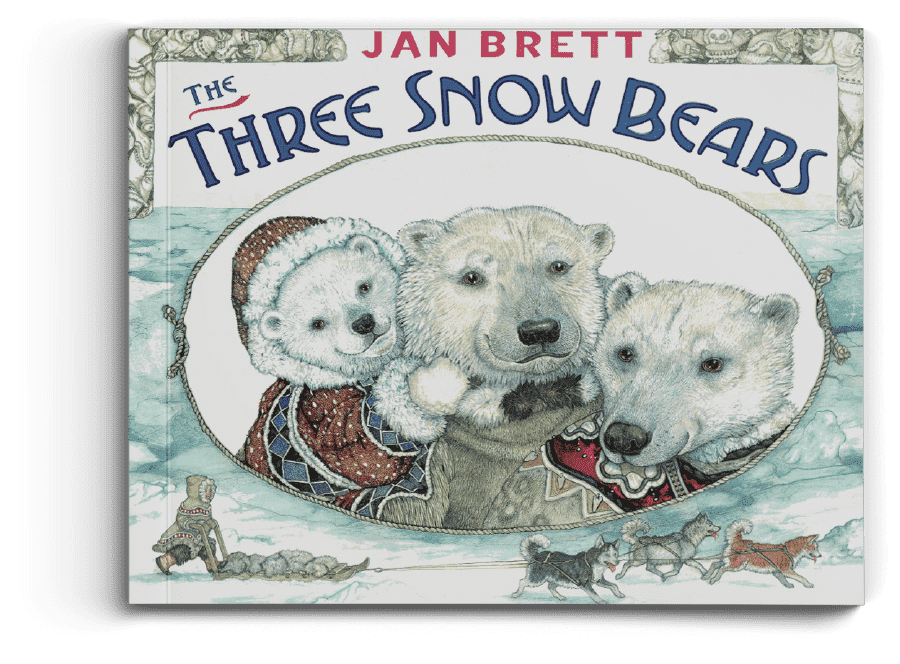
an Brett tells the tale of The Three Snow Bears, an adaptation of The Three Bears, set in a playfully illustrated, Inuit-inspired Arctic. Aloo-ki, a curious Inuit girl, watches sadly as her dog sled drifts away on an ice floe. She sets out to find her trusted canine friends, finding instead a large igloo. The delicious smell of breakfast lures her closer. She peeks inside. Seeing no one, she decides to venture in. Inside, bowls of soup, warm boots, and fur beds welcome her. Aloo-ki snuggles under the smallest of fur beds with a pillow just her size and falls asleep.
Meanwhile, the igloo owners—the three snow bears—find Aloo-ki’s dog team and push the ice floe back to solid land near the igloo. Imagine the three snow bears’ surprise when they find the owner of the dog team snuggle asleep inside their warm igloo!
Article written by Cheryl Bastian. Adapted from the Winter 2015 Issue.



acqueline Briggs Martin tells the story, Snowflake Bentley, about a determined boy and his curiosity of ice crystals. His quest to photograph snowflakes gave the world brilliant new pictures, wonders never seen before.
Wilson Bentley was born in 1865 on a farm in Vermont where approximately 120 inches of snow blanketed the landscape each winter. As a young boy, Wilson observed snowflakes falling on his mittens, grass, and metal barn doors. Mesmerized by the crystals, he was determined to find a way to preserve them.
While other children played in the snow, Wilson caught snowflakes and studied them under a microscope his mother gave him. He also observed and recorded the weather. Eventually Wilson’s parents used their savings to buy him a microscope with a camera attached. With his new equipment, he could magnify and photograph the tiny crystals. Neighbors laughed at him, but Wison was persistent and determined, saying his photographs would be gifts to the world.
Article written by Cheryl Bastian. Adapted from the Winter 2015 Issue.

hough not technically about winter, this book highlights a favorite winter treat: gingerbread!
Imagine pre-revolutionary Philadelphia. A German baker, well-known to the entire city and famous in the thirteen colonies for his gingerbread, worked hard to decorate every horse, queen, and castle-shaped delight. Mr. Ludwick did not waste a crumb. Broken pieces were saved for hungry children. He was a generous man.
The American Revolution erupted. Christopher Ludwick was determined to help the America he loved. He could not fight, but he could bake. He had an idea! His gingerbread could feed the troops!
Gingerbread for Liberty: How a German Baker Helped Win the American Revolution by Mara Rockliff brings the story of Christopher Ludwick to life, a life which made a difference for the freedom of the American people.
Article written by Cheryl Bastian. Adapted from the Spring 2017 Issue.
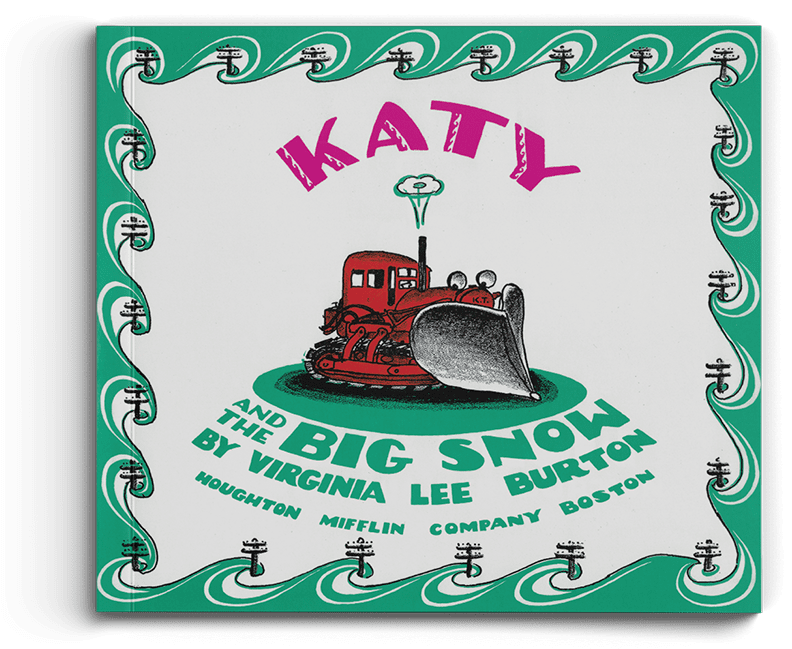
aty, a big, red crawler tractor, works jobs for the highway department of Geoppolis. In summer, Katy builds roads with her bulldozer. In winter, she clears roads with her snowplow. She loves to work. The tougher the job, the harder Katy works.
One winter, there was a big snow! Drifts grew. Roads became impassable. Traffic was at a standstill. Police could not protect the city, and the fire department was snowed in. Katy rescued the city! She worked hard. When she finished, she rested.
Katy and the Big Snow, a classic picture book written and illustrated by Virginia Lee Burton, has been loved for over seventy years. In this literary treasure, both text and illustrations work together to engage the reader. Even the page borders are purposefully created to add to the plot. For example, as snow drifts rise along the borders of pages, street lights slowly disappear. Every detail of this timeless read-aloud works together to engage readers and listeners of all ages.
Article written by Cheryl Bastian. Adapted from the Winter 2016 Issue.
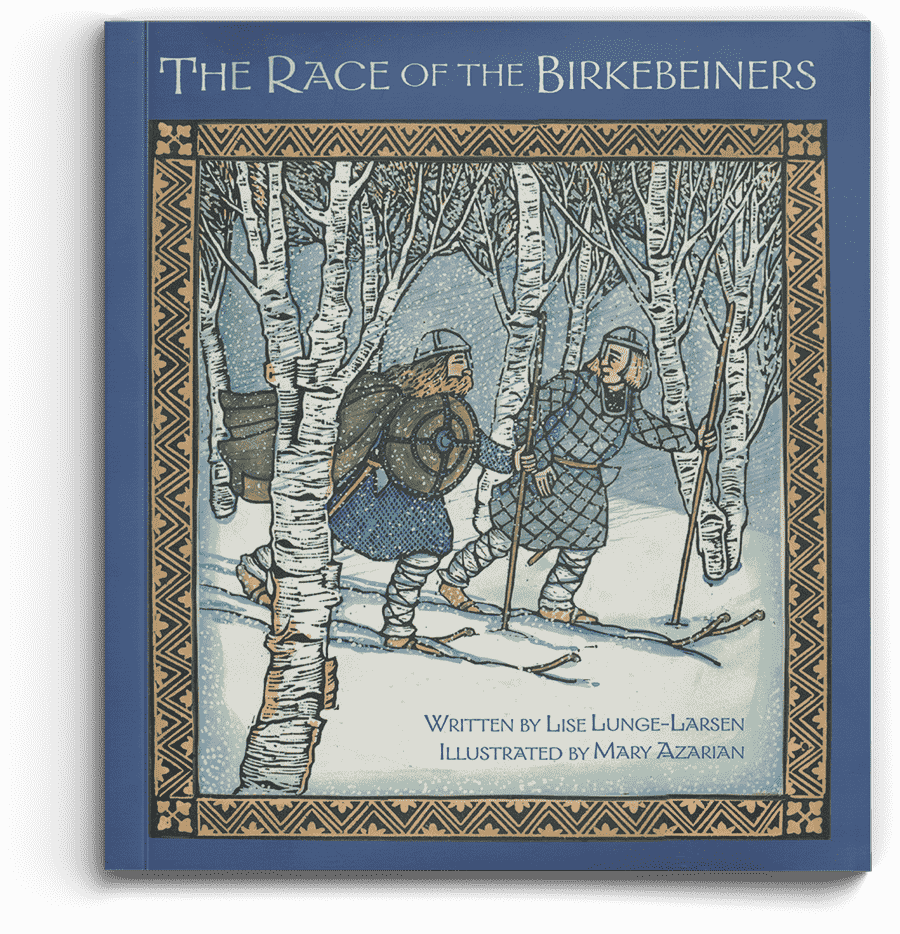
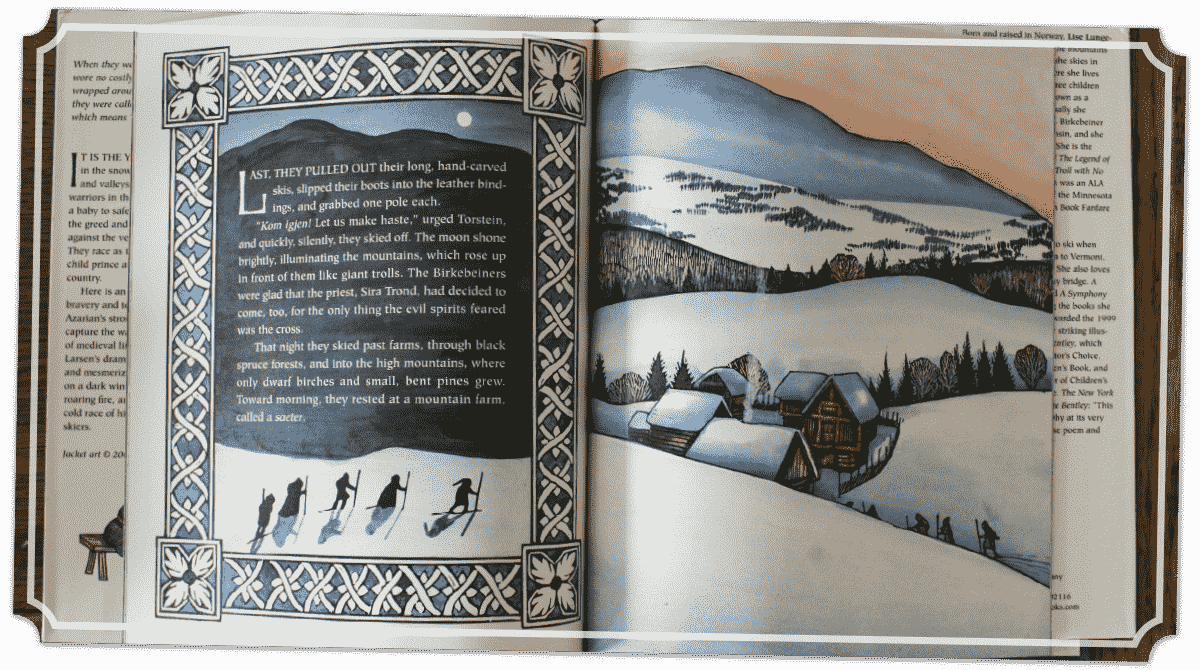
rom the attractive dust jacket to the type font to the colorful page borders and captivating woodcuts, this beautiful book—The Race of the Birkebeiners by Lise Lunge-Larsen—will immediately draw you into the thirteenth century and the saga of the true King of Norway.
Throughout history, rightful kings have not had an easy time keeping their kingdoms trouble free. Whether it is jealous brothers fighting over the throne, jealous sons whose grasping mothers want to replace the heir or jealous members of the courts who want the power and glory for themselves, kings have had to fight to keep their crowns. In this story, the king’s loyal subjects respond to the call to protect the new king, a young boy born shortly after the king’s death the previous year.
In so many stories, including fairy tales and legends, the peasants respect and revere the king the most. They understand that there is power in the name of the king. These ordinary people will set aside their ordinary lives to protect royalty. It’s as if the divine right of kings (and queens, for the British!) is woven into the very being of these commoners.
There are numerous little details in this story that vividly bring the characters to life. These include the Christmas Eve celebration, the honor given the priest, the plan to go south and the treacherous mountains that must be skied, the storm, the separation of mother and child, the ordeal of the burning rods, and the eventual triumph of Hakon.
Article written by Jan Bloom. Adapted from the Winter 2015 Issue.

